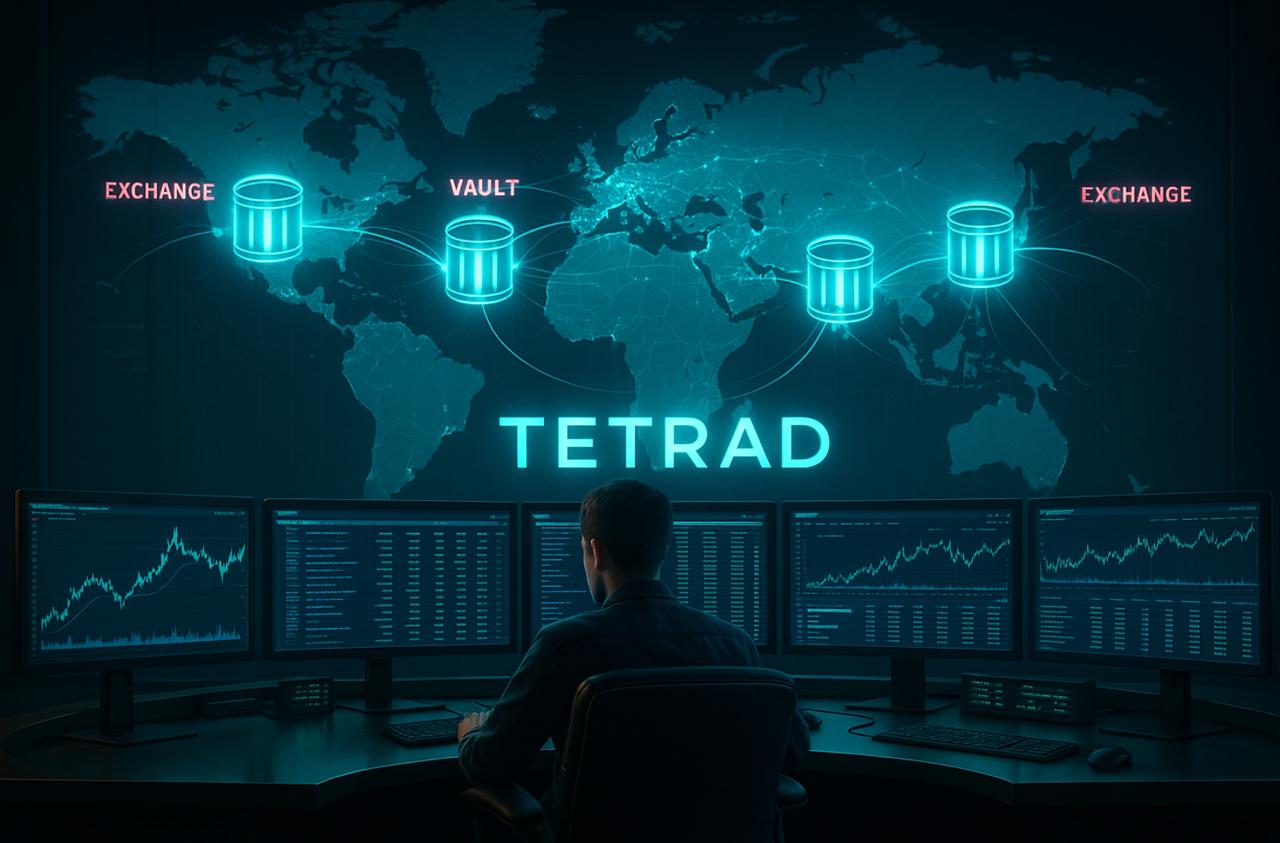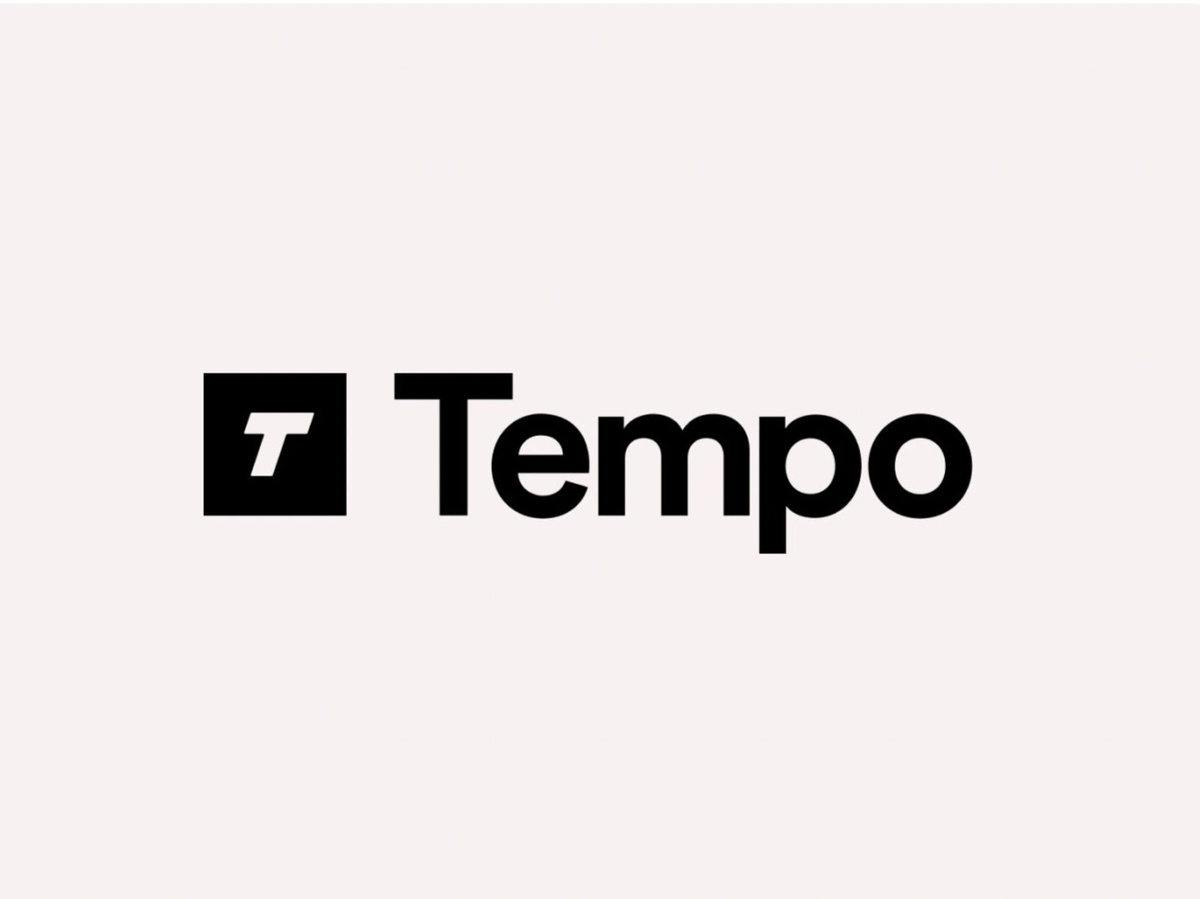Visa, in partnership with Allium, a leading enterprise blockchain data provider, has unveiled startling insights about the stablecoin ecosystem through a newly launched data dashboard. This tool aims to filter out “inorganic activity,” revealing that over 90% of stablecoin transactions may not involve human interaction.
This revelation comes as part of an effort to present a more accurate picture of stablecoin dynamics, countering potential distortions caused by automated systems or artificial inflationary tactics. The dashboard monitors major stablecoins like Tether’s USDT, Circle’s USDC, Paxos’s USDP, and PayPal’s PYUSD. Notably, all these tokens are pegged 1:1 to the U.S. dollar and are backed by cash or cash equivalents like U.S. treasury bonds.
Visa’s analysis does not point fingers at any specific stablecoin but highlights a significant disparity between raw transaction volumes and those adjusted for non-human elements. For instance, the unadjusted data from May 5 shows a whopping $51.6 billion in transactions. However, once adjusted for inorganic activities, such as those initiated by automated bots, this figure dramatically drops to just $4.6 billion.
This investigative move by Visa was partly triggered by a chart from Coin Metrics that circulated on Twitter, suggesting stablecoins were nearing parity with traditional settlement networks in terms of transaction volume. However, Visa’s head of crypto, Cuy Sheffield, in a recent blog post, clarified that transactions triggered by smart contracts or automated programs, which are prevalent in the DeFi ecosystem, should not be directly equated with transactions processed through conventional payment systems.
Sheffield explains that activities like stablecoin arbitrage, liquidity provision, and market making, though crucial for the DeFi sector, differ fundamentally from traditional transaction settlements. These automated transactions often result from interactions with smart contracts and do not typically involve direct human oversight.
Further data from Visa’s analysis indicates a significant uptick in USDC transactions over recent months. In September 2023, USDC accounted for 23% of all stablecoin transactions on Visa’s dashboard. By year’s end, that figure had more than doubled, consistently exceeding 50% of total transactions each month since December, peaking at 60% in February.











